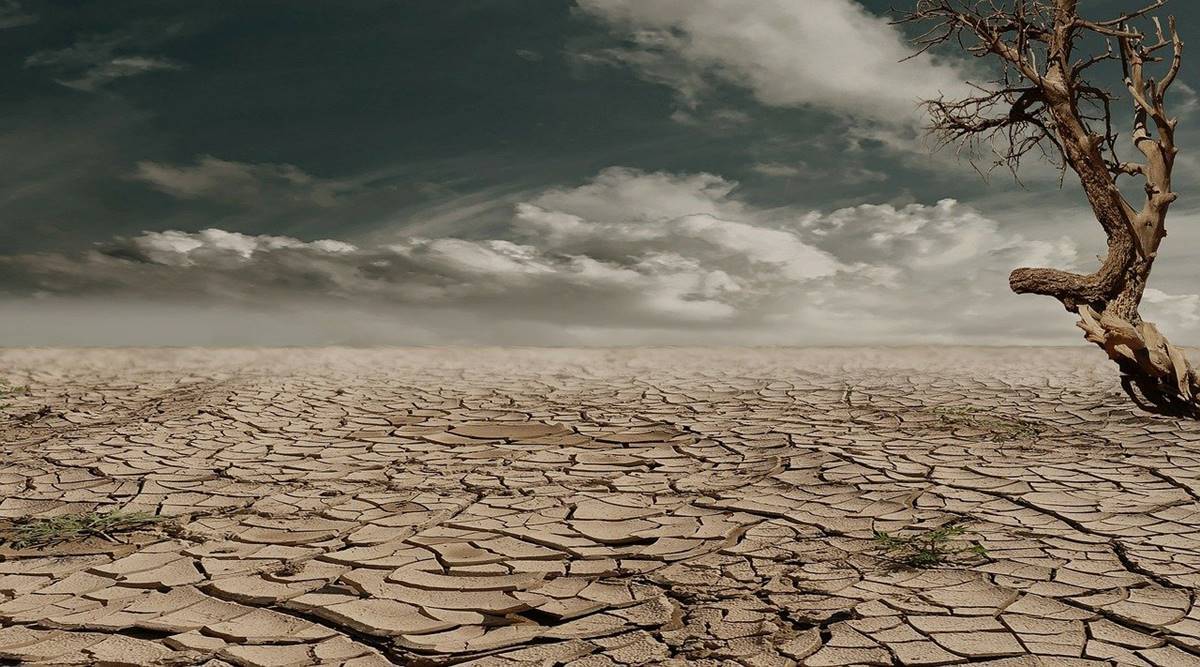Within a week of the COP26 conference wrapping up, massive floods in British Columbia severed the freight railroad serving the Vancouver, home of Canada’s largest port. The disruption has cut off a major trade route for Canada’s exports of minerals, wood fiber, food products, and other products to Asia, and it has created a supply chain nightmare for Canadian manufacturers. “We are chasing around North America trying to find other suppliers—at much higher rates,” the CEO of an Edmonton food manufacturer told the CBC.
The intense precipitation—one climatologist told Reuters that the rainfall amounts were more like “a tropical cyclone [than a] November [storm] in Canada”—comes after a year of extreme heat waves, droughts, and wildfires in North America and in many parts of the world.
Such extreme weather events are likely increasing in intensity and/or frequency due to climate change, and this trend points to the need for supply chain managers to begin to integrate the physical risks of climate change into their decisions about sourcing and supply network design.
An early warning of the gathering risks of drought and increased precipitation can be seen in Taiwan, where by April 2021, the worst drought in a half-century was threatening semiconductor production. Chip makers including world’s largest TSMC began contracting for water deliveries and sourcing groundwater from construction sites, and the government looked to speed up infrastructure projects to move water from the wet north of the island nation.
Then the drought eased in June, only to be followed by extreme rains, flooding, and landslides. And new climate modeling shows Taiwan will likely continue to suffer more droughts, less spring rain and more intense typhoons (although typhoons are expected to strike the island less frequently, a projection that highlights the sheer complexity of climate modeling).
The consensus among scientists is that a warming climate has already begun to make many droughts, heatwaves, floods, cold spells, and other extreme weather events more frequent
and/or more intense.
While not all extreme weather events can be blamed on climate change—many can. For example, the international climate science collaboration World Weather Attribution found that the summer 2021 heat wave in the Pacific Northwest would have been “virtually impossible without human-caused climate change.”
In addition to extreme weather events, sea level rise is a major threat from climate change with the potential to inundate logistics infrastructure and even factories on low-lying coastland. For example, manufacturing and export megaregions Shanghai, Guangzhou, and Dongguan are all ranked by Verisk Maplecroft as among the most vulnerable regions in the world to coastal flooding exacerbated by rising seas.
The vulnerability of these three regions highlights the complexity of factoring climate change into sourcing decisions. Should companies that rely on suppliers in the Pearl River Delta shift their sourcing to safer regions? If so, when? Or do other factors such as the low costs, efficient logistics, and high-quality manufacturing available in these regions offset the growing risks of coastal flooding? And how can procurement managers evaluate the added resiliency their suppliers will gain when regional governments build new tidal gates, drainage systems and other infrastructure to adapt to rising seas?
One strategy to be considered is collaborating with suppliers to identify and mitigate weather-related risks that may increase with climate change. Some Resilinc customers have used their Resilinc supplier risk management tools to create standards for suppliers in hurricane zones and even agreed to pay more for raw materials in exchange for suppliers’ investing in risk-mitigation measures.
There are no easy answers to the questions raised by climate change, but they should figure larger in sourcing decisions in the coming years. Even if the pledges underlined at COP26 are aggressively fulfilled and global greenhouse gases begin to decline within a few decades, scientists say that it will take many more decades for the atmosphere to respond and for the climate to stabilize. In other words, climate change and the extreme weather it creates will be “normal” for many decades.





